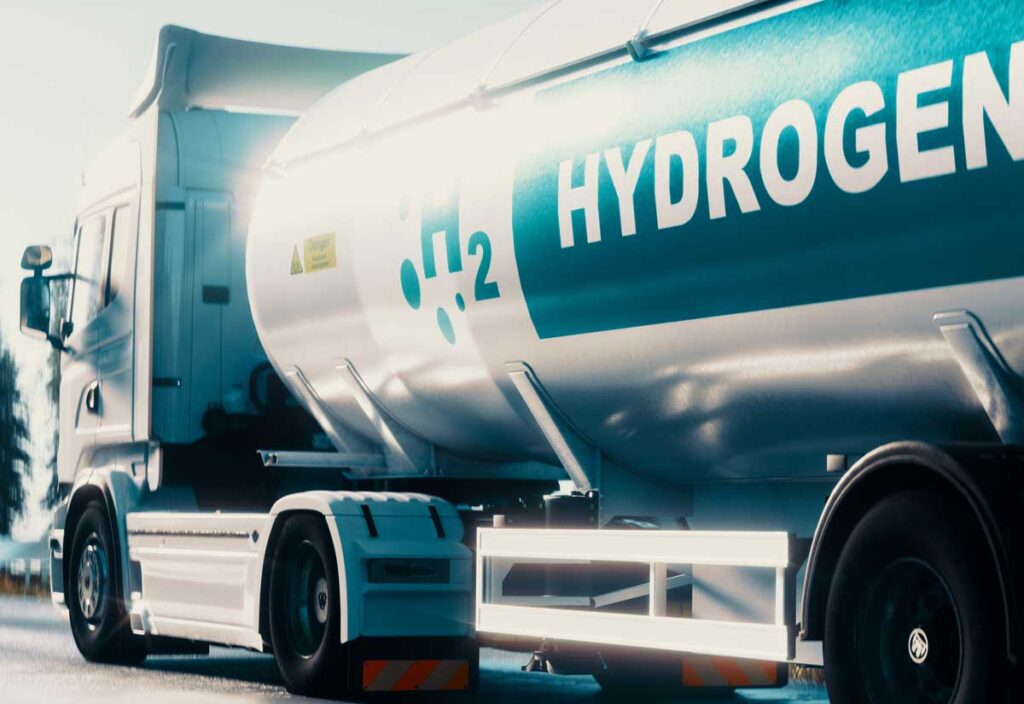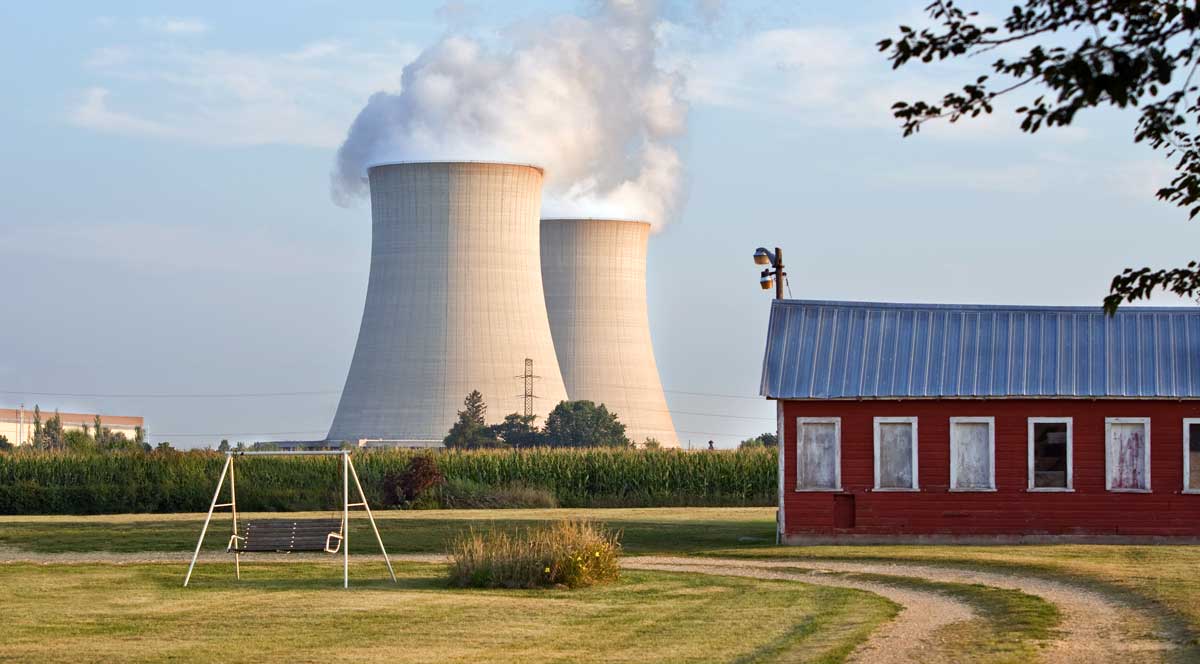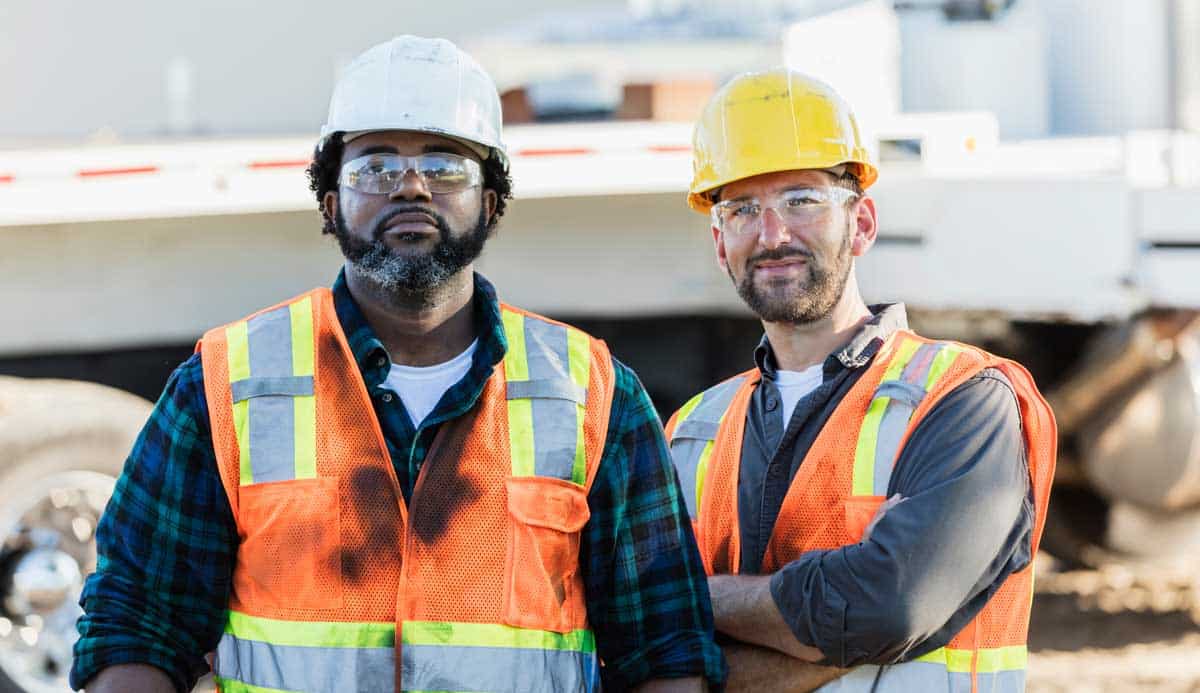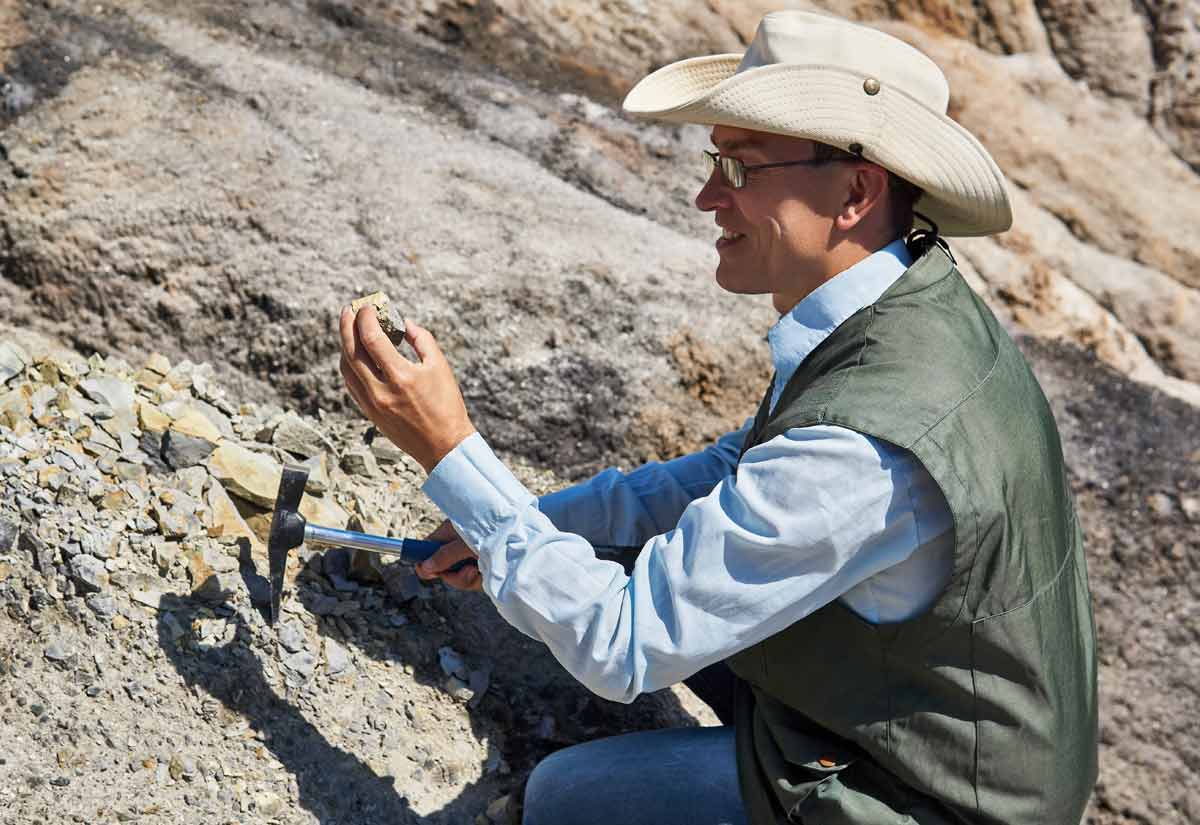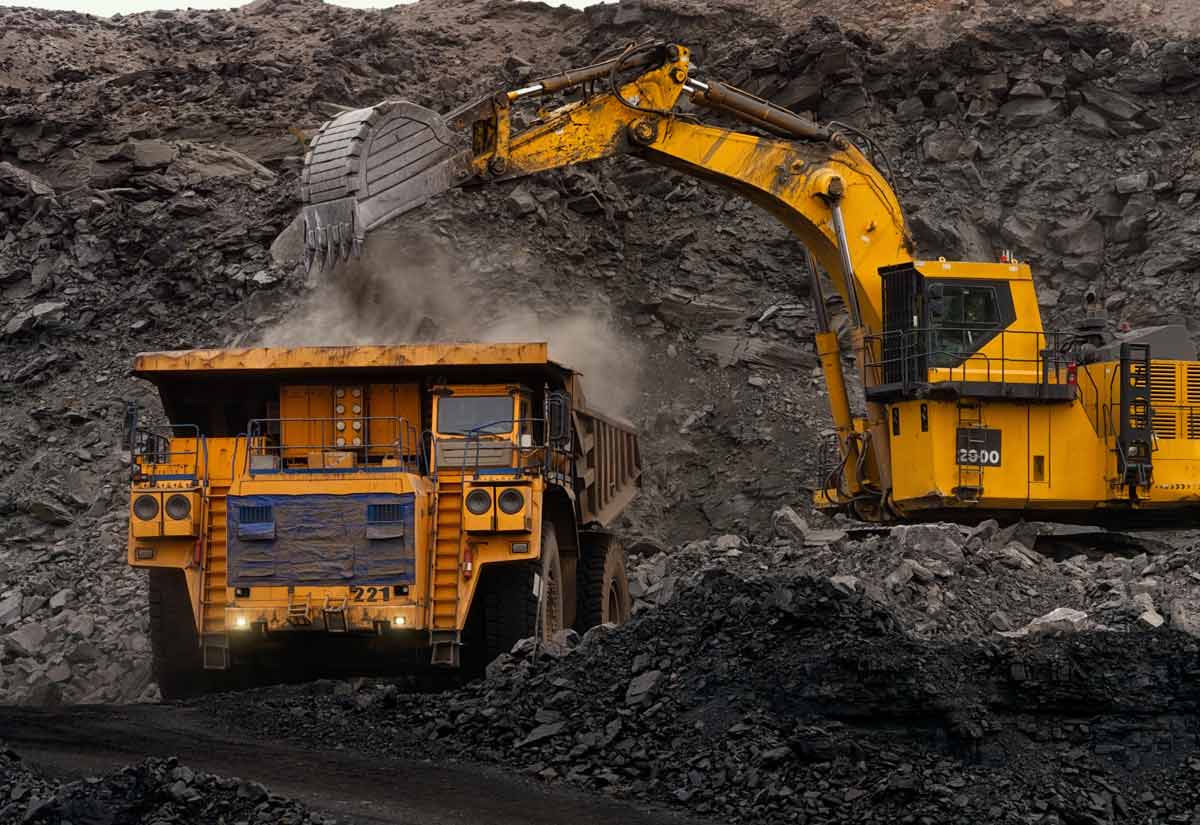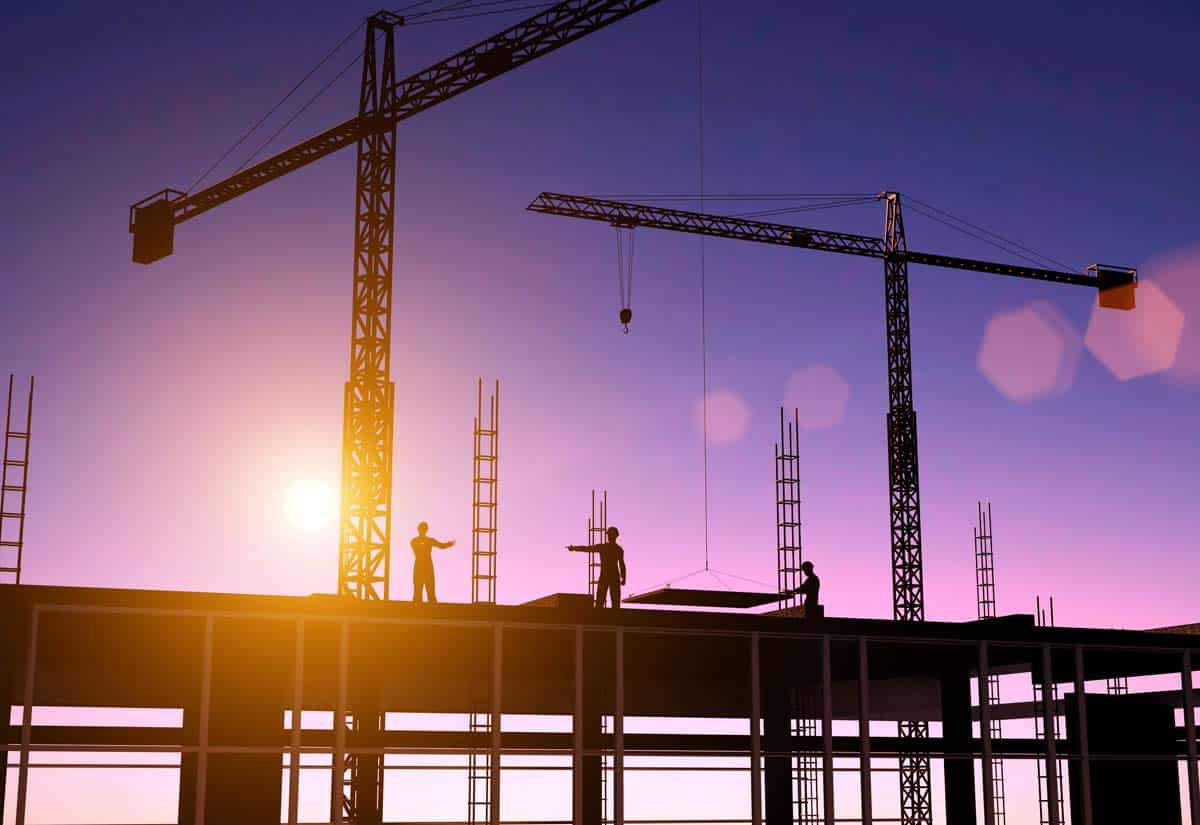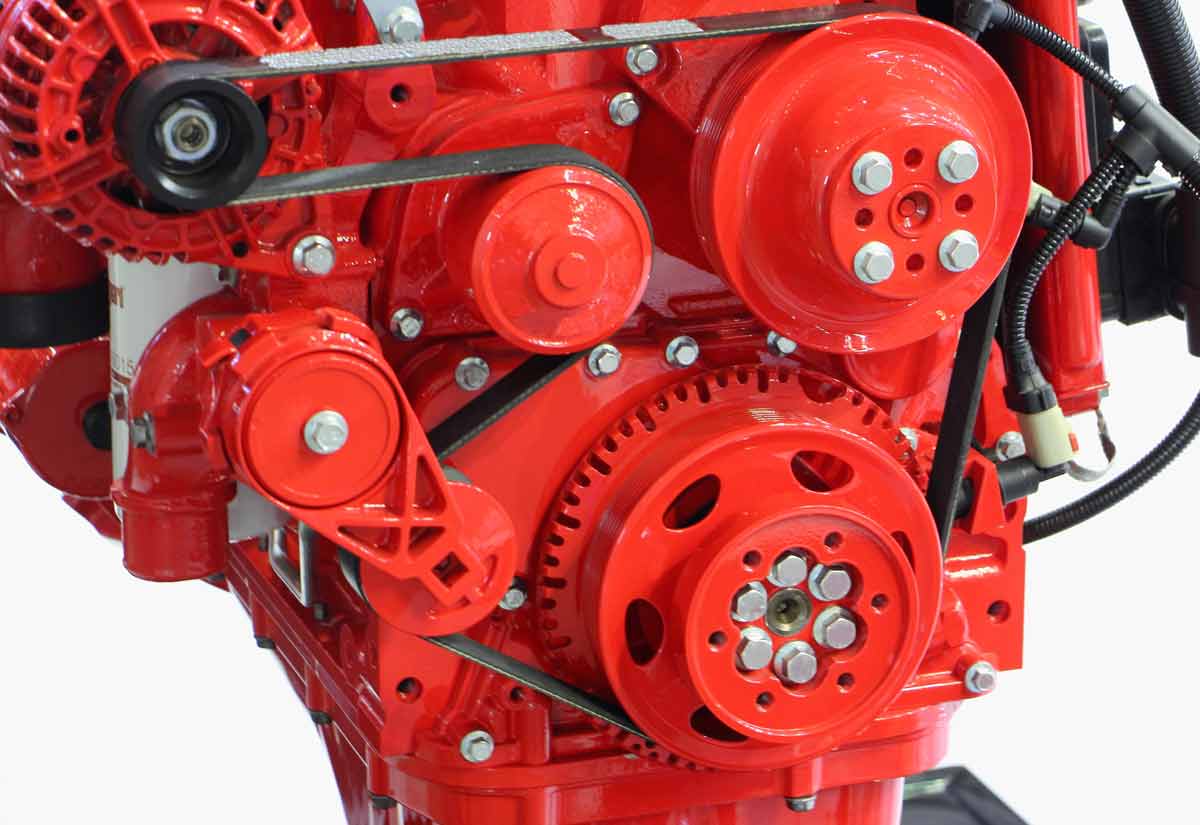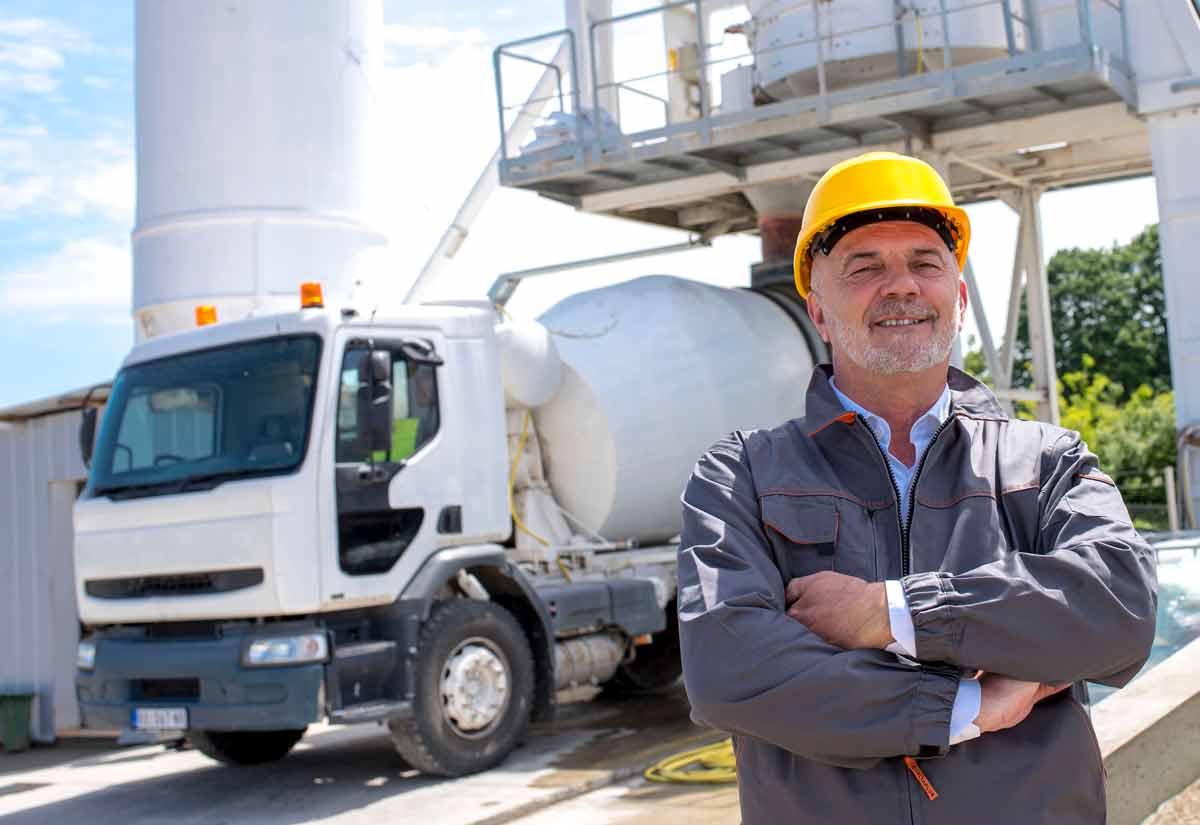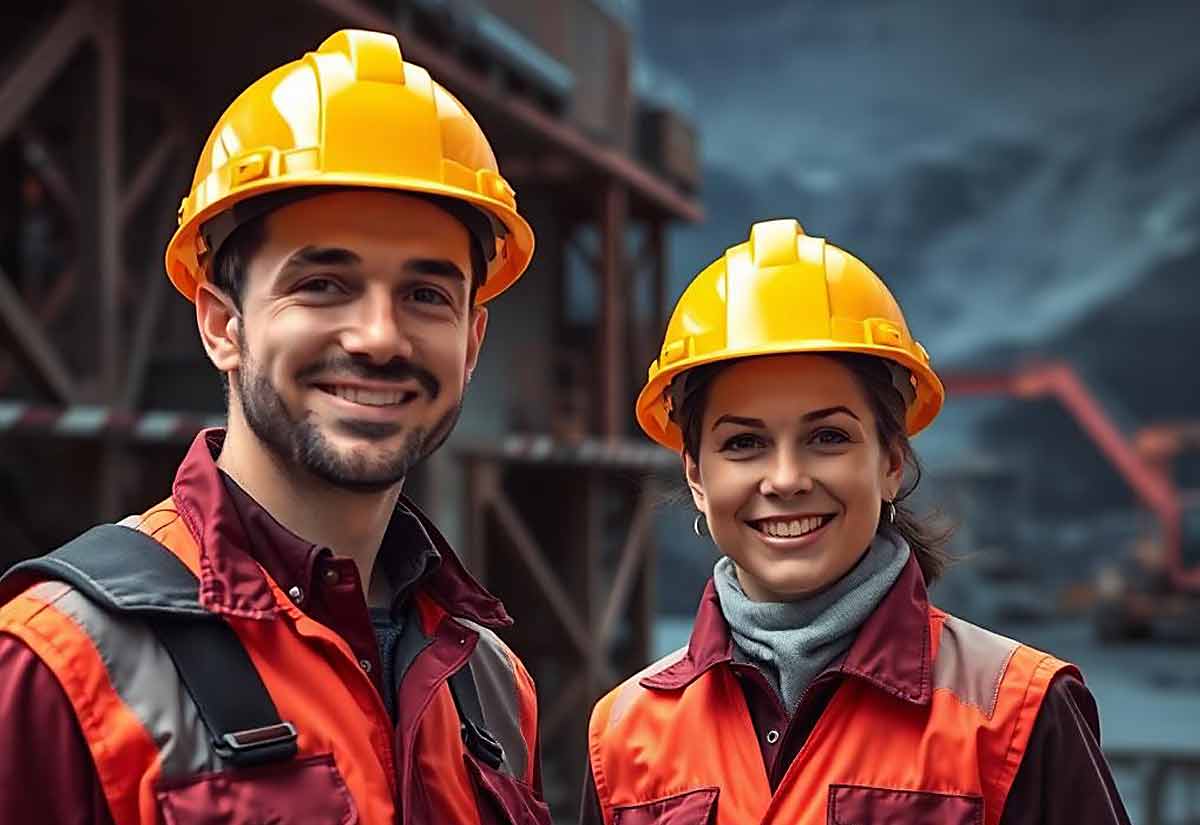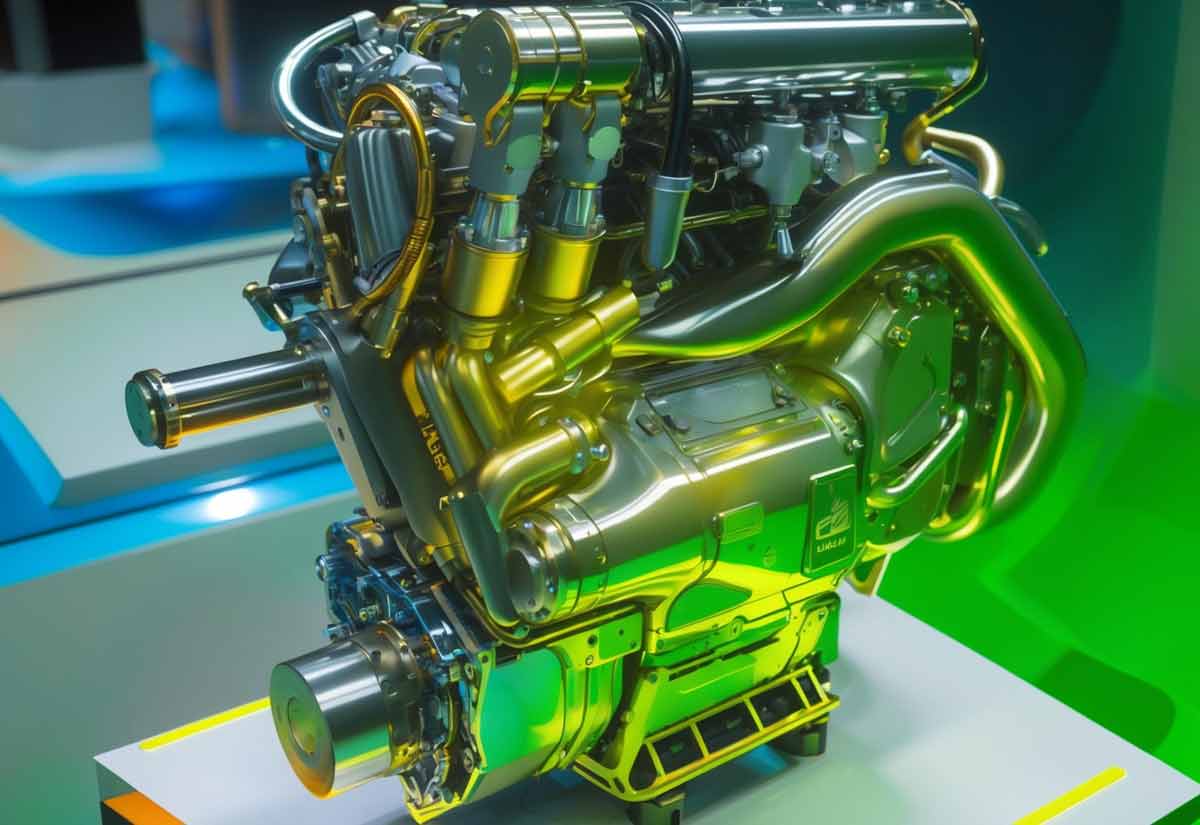There’s no getting away from the powerful influence on industries of the politically driven rush to replace fossil fuel, coal, and other traditional “carbon-emitting” energy sources with an “all-electric” power grid.
After decades under the legislative green thumb of what many are now recognizing as nothing less than “radical environmentalism”, the global general public has been fully primed to accept the dominant green marketing hype.
We operate now amidst a global influencing effort, a prevailing (and quite successful!) propaganda campaign based on careless “science”, one rife with exaggerations about the benefits of complex “sustainable” technology that ignores and even censors the immense negative environmental impact that comes with prematurely implementing innovative but still unreliable intermittent power sources.
Not to mention the quality of life issues that arise when developing countries are denied essential power needs because they rely primarily on fossil fuels. There is most certainly a “we got ours, let them get their’s” gap between the developed and developing nations that is anything but compassionate. After all, every superpower infrastructure in the world today was built on traditional, and still the most reliable, coal or fossil fuel power.
Here at Resource Erectors, we’ve been quick to balance the green public relations scale by pointing out the harsh realities of mineral and rare earth element consumption up to 10 times higher than the reviled “carbon-based” grid. Some critical battery and magnet mineral processes are so “dirty” that only the voracious and environmentally reckless CCP China would dare to take them on.
As we’ll see, the first rule of energy infrastructure development is TANSTAAFL: There Ain’t No Such Thing As A Free Lunch.
The Green Tech Numbers Just Don’t Crunch
Engineers and energy professionals know that the sustainable energy impact numbers just don’t crunch in accordance with the green hype when it comes to the unintended consequences of rushing prematurely to green “solutions” such as solar power and industrial wind farms. Just ask a California resident sweating through another brownout in the dark on a cloudy windless day about unintended consequences. Or the manufacturer he works for, unable to meet production capacity because of overreaching green regulations.
Rather than sensibly using renewable resources such as wind and solar as supplemental contributors to the power grid while the technology improves, the greenies of the world would have the unreliable green carts pulling the traditional horses; and those powerful horses are reliable coal, nuclear, and LNG (liquid natural gas) power.
Bucking the Green Trend
More and more, reputable climate scientists are risking their very careers to question the controversial “scientific consensus” about the genuine effects of manmade climate warming. As far back as 2019:
Pragmatic scientists and infrastructure engineers are now casting doubt on the urgency of “carbon-zero” goals with impractical deadlines, and ambitious unworkable benchmarks such as those found in the infamous Paris Climate fiasco.
The unforeseen (or blatantly ignored) consequences are forced upon individuals, industries, corporations, and local level governments in developing nations, all of whom risk the wrath of the environmentally sensitive yet largely misinformed world if they don’t embrace inefficient, unreliable power sources for industrial power supplies.
Do the Green Wind Pushers Really Want to Count the Carbon?
If “metric tons of carbon generated” is the dubious standard by which we set energy efficiency benchmarks, the wind farming greenies of the world may want to find another focal point. One that actually supports their noble, if wildly misguided efforts to rush to the green grid prematurely.
When it comes to green machine manufacturing, maintenance, and CO2 emissions the numbers most certainly don’t crunch. Yet the global powers that be are set to pour billions into a troublesome, under-performing green infrastructure that in the end, will be unable to support the power needs of a world population approaching 8 billion people.
And one of the worst offenders in this environmental green charade is the wind farm, a concept we see being eagerly embraced by leading energy corporations such as St.Gobain Group and others, where major investments have been made both on and offshore.
Time to deflate some of the hot air from that climate warming balloon.
Deflating Wind Power Benefits
Environmental research writer Katie Singer’s April 2021 article Industrial-scale intermittent wind power: recognizing its unreliability before we spend billions, does an excellent job of exposing current state-of-the-art green wind technology as the potential carbon generating Big Foot that it is when it comes to “carbon footprints”.
If that popular cutesy marketing term, one that has somehow evolved into an accepted valid criterion for environmentally friendly power supplies is to be the standard for industrial power, the wind pushers lose at their own game, playing by their own rules.
-
- Intermittent Availability- As Singer’s article at the link above points out, “When the industry claims that a 5-MW wind facility can power 3200 homes, it usually omits the word “intermittently.” LNG or fossil fuel backup is mandatory for 100% service reliability. When these are forbidden by unthinking environmental bans we see avoidable power grid failures such as those that California and Texas recently endured.
- Increased Dependence On CCP China- 800 pounds of the rare earth elements neodymium and another 130 pounds of dysprosium are consumed to manufacture a single 2-MW wind turbine. At least 75% ( a very conservative estimate) of the rare-earth market is controlled by China, which has little if any environmental regulations in place.
- Wind Turbine Towers With Huge CO2 Footprints- With 1.85 tons of CO2 emitted for every ton of steel produced, 400-ton steel turbine towers generate 740 tons of CO2 each. The tonnage goes up even higher for offshore wind farms with steel anchoring cables, and “bad for the environment” concrete required for wind farm foundations is a popular target for green regulation everywhere else… except for wind turbine infrastructure.
- Petroleum Product Consumption- Carbon fiber and fiberglass turbine blades are petroleum products. One 5-MW (megawatt) turbine holds 700 gallons of oil and hydraulic fluid needing replacement every 9 to 16 months.
- Increased Operational CO2 Emissions- Wind + gas backup configurations produce more CO2 than gas alone.
And speaking of gas and the green rush…
Blue Gas vs. Tesla and the Competition For the Green Infrastructure Future
As green tech stands today in the “green spring” of 2021, the competition for infrastructure commitments is heating up. We’re now at the point where Tesla’s Elon Musk has resorted to public name-calling, libeling hydrogen fuel cells and other blue gas energy solutions as “stupid” in his efforts to retain Tesla’s place as the king of the zero-emissions hill.
We took a close look at the blue gas challenge to a battery-based EV transportation infrastructure in our Resource Erectors blog article last March, Australian Mining Magnate Leads the Hydrogen vs. EV Charge in 2021. Amazon’s highly hyped “think big” campaign and their commitment to placing 100,000 battery-dependent Amazon delivery EVs in service by 2030 caught our eye too. And this month ”magical blue gas “ rumors are running amok among investors who will actually fund the infrastructure choices of the future.
According to the article WILL “BLUE GAS” BE THE “TESLA KILLER?” at the popular investor’s site Stock Gumshoe, the blue gas vs Tesla controversy was the most-requested hot stock topic at the start of 2021. The benefits of a blue gas (hydrogen fuel-cell) Toyota over an equally pricey lithium-ion battery EV like Tesla’s that are capturing investor attention include:
- Eliminates lithium batteries to reduce rare earth element consumption
- “It [blue gas technology] doesn’t involve solar, wind, water, biofuels, or any other form of renewable energy you’ve heard of.”
- A clean alternative to fossil fuel-powered-vehicles
- Blue gas vehicles are 100% emissions-free. (Unless you count hydrogen and oxygen from the tailpipe)
- No long charge times to fill the tank.
- 300% more powerful than fossil fuel.
- The hydrogen fuel source is the most plentiful element in the universe.
Resource Erectors: Human Resources For Whichever Way the Industrial Winds Blow
Whichever way the industrial winds blow, adequate human resources will always be essential for companies competing in today’s competitive global business environment. Resource Erectors specializes in recruiting and placing hard-to-find qualified professionals to fill essential positions today in civil engineering, mining, concrete, aggregates, tunneling, construction materials, minerals processing, and more so please don’t hesitate to contact us when it’s time to get to work.
